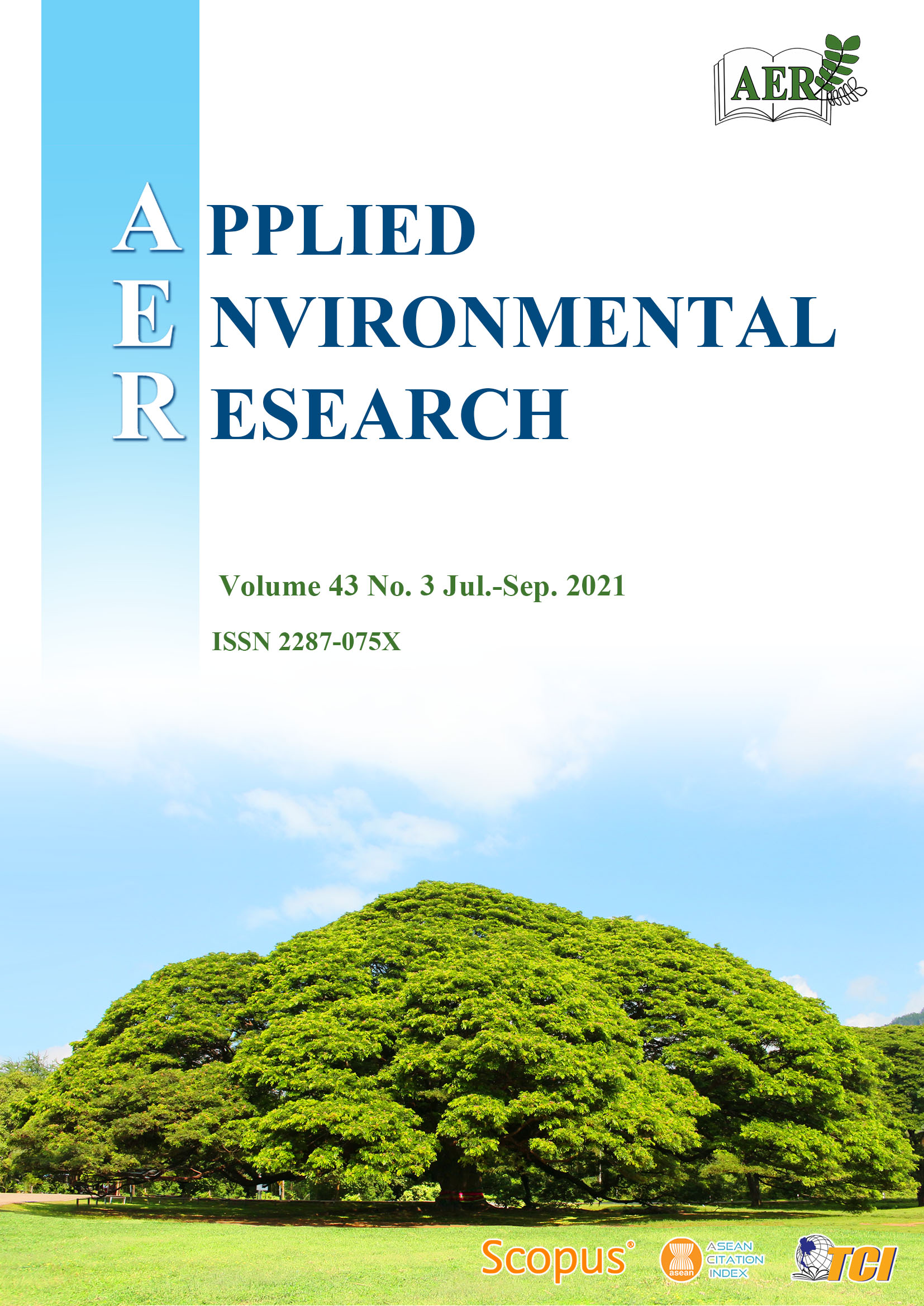Application of GIS and Multi-Criteria Statistical Techniques in Assessing Water Quality in the Coastal Province of Vietnamese Mekong Delta
Main Article Content
Abstract
The study was conducted to evaluate the quality and spatial distribution of surface water quality in Soc Trang, a coastal province using Geographic information system (GIS) and multivariate statistical analysis. Water monitoring data was collected from 19 sampling locations with 19 parameters were analyzed from February 2019 to August 2020. The results indicated that water quality was contaminated with organic matters, nutrients, coliforms and salinity. Water quality index (WQI=22–73) indicated that water quality was from poor to medium level. Cluster analysis (CA) classified 19 monitoring sites into 7 groups and 19 months into 3 seasons including rainy season, rainy season-early dry season, dry season-early rainy season. CA results showed that the location and frequency of water quality monitoring could be significantly reduced, saving up to 75% the monitoring costs. The maps of the polluted parameters (TSS, DO, BOD, COD, TOC, NH4+-N, NO2--N, Coliform, Fe, Cl-) illustrated that the areas located in the interior fields and near the sea had poorer water quality compared to the areas adjacent to the Hau River. The combination of multivariable statistics and GIS was very useful for spatial and temporal analysis of water quality monitoring data.
Article Details

This work is licensed under a Creative Commons Attribution-NonCommercial 4.0 International License.
Published articles are under the copyright of the Applied Environmental Research effective when the article is accepted for publication thus granting Applied Environmental Research all rights for the work so that both parties may be protected from the consequences of unauthorized use. Partially or totally publication of an article elsewhere is possible only after the consent from the editors.

